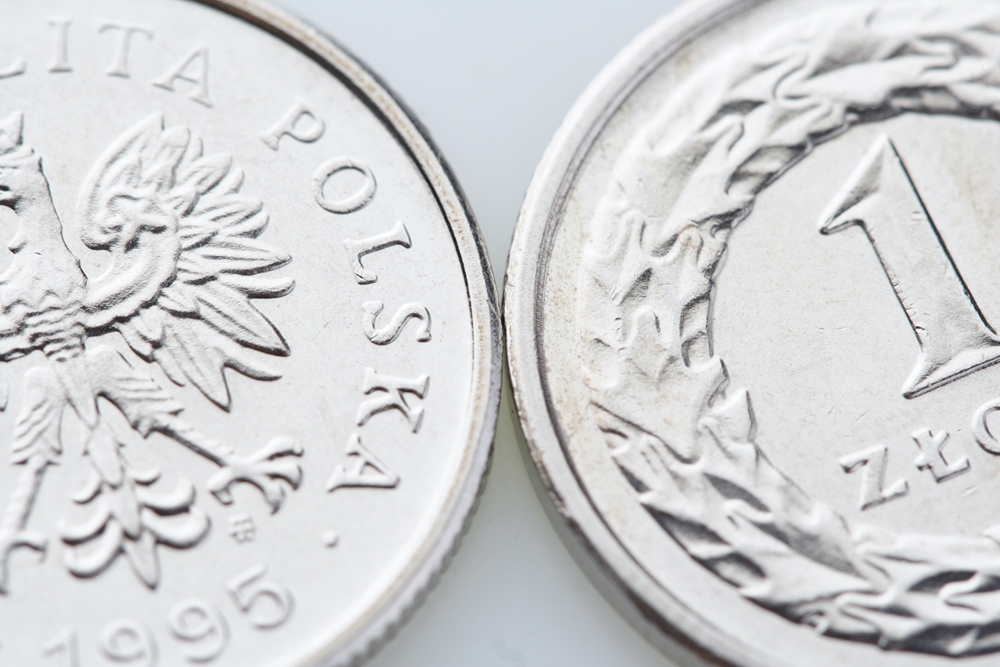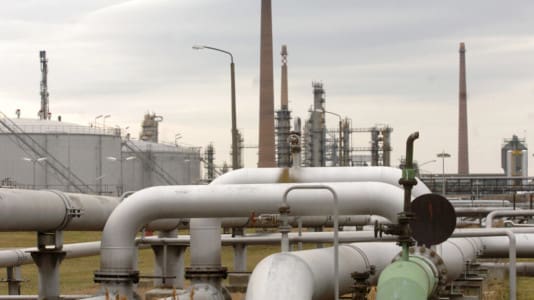Statistics Poland (GUS) released new data on July 31 showing a pronounced rise in the consumer price index to 4.2 percent compared to the same month last year.
This marks a significant increase from the 2.6 percent year-over-year inflation rate observed in June and signals an escalating cost-of-living situation.
July’s inflation notably exceeded the central inflation target, mainly due to the partial liberalization of electricity and gas prices. Energy carriers experienced the most significant yearly price increase at 10 percent, followed by food prices, which climbed by 3.2 percent, and fuel prices, which increased by 1.2 percent.
On a month-to-month basis, July saw an overall inflation rate of 1.4 percent, but energy costs surged dramatically by 11.8 percent. Fuel prices remained stable, and food prices saw a decrease of 0.5 percent from the previous month.
The start of the third quarter has been marked by renewed high inflation and significant uncertainty about the recovery in the industrial sector. Consumer spending and real wage increases continue to be crucial for GDP support, according to forecasts prepared for the Parkiet economic news outlet.
Rafał Benecki, chief economist at ING BSK bank, noted that the removal of protective measures, known as the energy shield, accounted for nearly all the annual inflation rate increase, though the impact was slightly less than expected. He pointed out that the partial unfreezing of gas and electricity prices, along with rising costs for housing utilities like water delivery and sewage services, will likely push expenses higher in the upcoming months.
Given the ongoing high inflation, the Monetary Policy Council (RPP) is expected to continue its hawkish rhetoric, with no discussions on monetary policy easing anticipated until after inflation peaks, which is expected in the second quarter of 2025. “We anticipate the potential for rate cuts next year due to a projected decline in inflation from the second half of 2025,” Benecki remarked.
Monika Kurtek, chief economist at Bank Pocztowy, explained that while it is difficult to expect rate cuts during a period of accelerating inflation, it is likely that rate reductions could start mid-next year instead of 2026 if inflation readings are lower than expected and remain below 6 percent in the first quarter of 2025.






